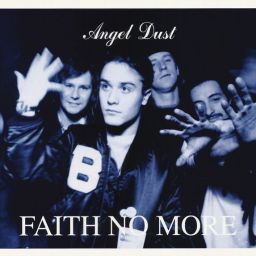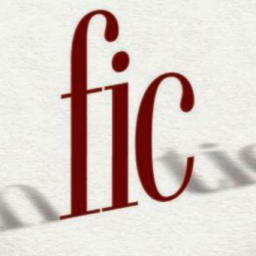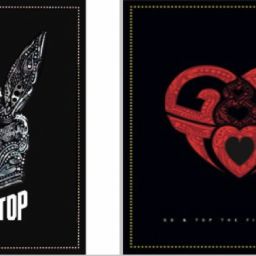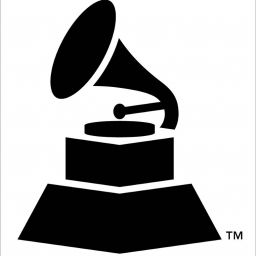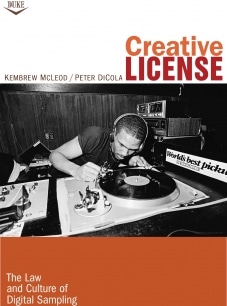

They manage to meld together discussions from multiple perspectives — from cultural, technological, musical, legal, and economic perspectives — in a highly readable format. There are few books (if any) that I would equally recommend to law students, musicians, artists, writers, and grad students to understand an issue, and while there are likely not many that will read this book cover-to-cover, these are some of the highlights:
- the historical and musical history of sampling;
- the legal issues of sampling, including detailed discussions of Bridgeport;
- the sampling marketplace;
- the viewpoints of artists — both those that sample and those that have been sampled;
- and suggestions for changing the present system — not limited to changing copyright law.
Some of these issues have been covered in other sources — including ye average hipster party where that guy expounds on the importance of Paul’s Boutique and Fear of a Black Planet. But this book includes charts detailing the estimated costs of those album’s samples, including how the artists, the Beastie Boys and Public Enemy, would have lost money on every album sold if those samples had all been cleared. And that is the real value of this book, the ability to contextualize the complexity of the issues surrounding sampling in a way that helps the reader to understand the real world implications for musicians.
I especially want to commend the authors for the time and energy to conduct the qualitative scholarship to interview the large number of recording artists, lawyers, recording industry representatives, academics, and journalists. Without this first-person insight, this book could have been like many books and articles that discuss a subcultural phenomenon without having direct knowledge. Instead, the authors provide an easily understandable academic argument where those-in-the-know are sampled for their insight. (Not mentioned by the authors is the strange dichotomy where quotations, such as those used in this book, are accepted, but sampling of a musical equivalent by those quoted artists requires permissions — or the potentiality of being sued).
Also strongly recommended is the quasi-companion documentary, Copyright Criminals, that has just been re-released with lots of extras. The entire documentary is available to watch on Hulu (for those in the U.S.). And there is a companion DJ sample mix!
As a long aside, I also think it is interesting that in categorizing this book, the Library of Congress placed this book within the subject of “plagiarism in music” — this misses the point of showing the creativity of much of sampling — and confuses the issue of copyright with the academic/societal issue of plagiarism. (And there is a more relevant subject heading: “quotation in music“).
The book was released with a Creative Commons Attribution Non-Commercial-ShareAlike license.
Disclosure statement: TLF is a career acquaintance of both authors, but has not discussed this review with either before posting.




